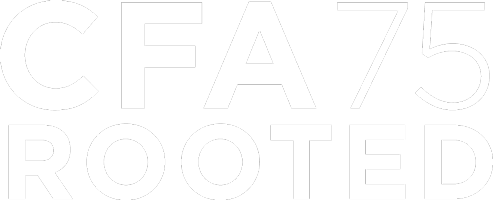School of Music Associate Professor Cathy Clayton has 15 years’ experience in teaching online.
So, when the University of Utah made the unexpected shift to online learning due to the spread of the novel coronavirus, she knew where to begin. Clayton had previously helped develop three courses at the University of Utah specifically for an online format: World Music, History of Jazz and Introduction to Classical Music. In fact, one of the first things she did as a teaching assistant was help former U Professor Vicki Curry as Dr. Curry was developing an interactive CD-ROM. It was during that process that Clayton first started to consider the needs of students learning at their homes, without live instruction to fill the inevitable gaps. Curry helped her “think through what students will need, without you there in person, in order to understand.” she said. Most importantly: “you can’t assume anything. You have to take them from point A, to point B.”
Clayton affirms that planning an online course ahead of its launch, with plenty of time to consider its objectives, is a different case entirely from shifting gears halfway through the semester. It has been challenging for her even with her extensive experience. Still, she hopes some of the methods she has tested in the past, will be helpful to fellow faculty members figuring it out for the first time. “I try to imitate, step-by-step, the things I would say or do if I was with them in class.” Clayton explained. “And I think about where I want them to be by the end of the unit or module.” For each module, Clayton provides objectives right up front, and much like a syllabus, she gives an outline of the materials she is providing to get students to those goals. For example: an introduction, a selection of reading, a documentary, a short quiz of the main takeaways, and a class discussion.
Clayton believes in and leans on variety in source materials. “There is an old teaching motto that if you tell a student something three times, or in three different ways, they will remember it better.” Beyond effective repetition, variety in media can illuminate important details for different types of learners. Whether it’s YouTube clips, PowerPoint presentations, images, or thought exercises, mixing up methods has helped her ensure that students don’t disengage.
Within assigned readings, there are often key concepts that are the most vital for students to be able to progress. “I’m not looking to rewrite a textbook,” Clayton said. “I want to be able to clearly provide the bullet points of the things I want them to take away from a unit. It helps them if you let them know what you are thinking and what you want them to see.” So, for instance, Clayton will include a timestamp in a given video clip with her own insight: notice here how this instrument is being played, pay special attention to this rhythm, etc. This lets students into her inner reasoning for selecting specific materials.
“I have to say kudos to the students,” she said. “I have had virtually no complaints, no one saying ‘why isn’t this up faster? or ‘why isn’t it done?’ Just words of support and understanding of the situation we are in.”
Whereas in a live classroom setting, faculty have clearer insight into who might be falling behind, online learning formats require more direct checking in. In maintaining a bit of community, and connecting with students individually, Clayton also finds it helpful to create discussion boards where members of a course can think through a topic together. When students engage in conversation with her and one another, they earn points toward their grades. Clayton will sometimes include writing assignments with self-graded quizzes where the main task for students is to communicate with her where they are in their personal understanding. This way, she can step in and provide additional help. “Even if they are mastering their understanding, they get credit for telling me that.”
In this challenging time, Clayton feels a great deal of compassion for first-time online teachers, especially as they are having to entirely rethink their original plan. “The learning curve is individual,” she said. “It’s really hard when you are in the middle of the semester, to revamp your class, as there is work you have not done in creating a written dialogue of your course incorporating all these different mediums. You were planning on being there in person. So, it's been a tremendous amount of work for most faculty, and extremely time consuming.”
Luckily, Clayton’s students have been nothing but patient. “I have to say kudos to the students,” she said. “I have had virtually no complaints, no one saying ‘why isn’t this up faster? or ‘why isn’t it done?’ Just words of support and understanding of the situation we are in.”
She does hope that this crash course in online technologies may benefit the College of Fine Arts and U overall in the future. “Hopefully something good that comes out of this, is that universally the technology is enhanced so we can use helpful tools going forward, and the things we are learning on the fly now, can be incorporated into our regular courses.”
Still, nothing beats or can replicate educating students live.
“I miss having the one-on-one with the students and feeling like I can communicate with them directly, seeing their faces and fun expressions, and getting immediate feedback in class,” Clayton said. “I will be excited to be right back with the students, even having them laugh at my bad jokes.”


